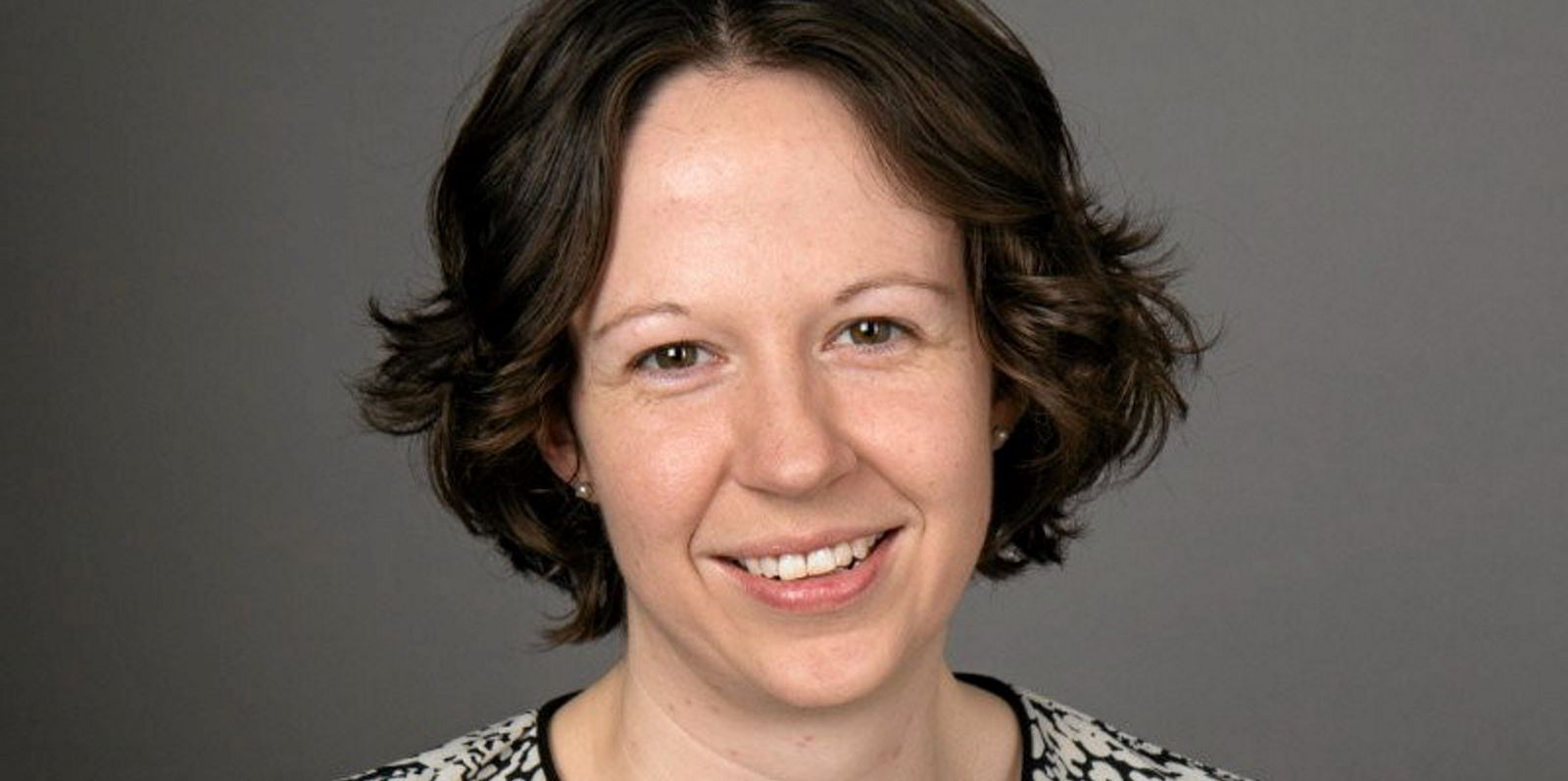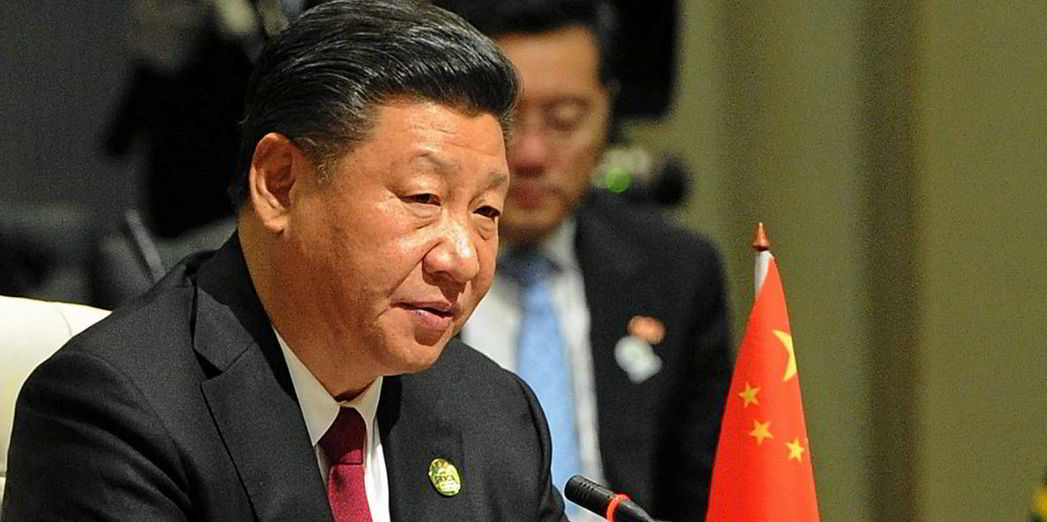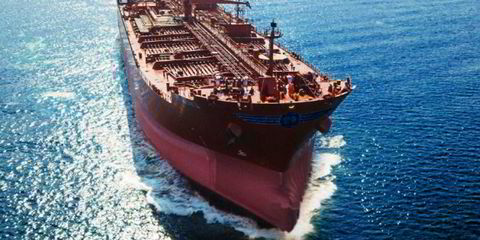John Fredriksen’s tanker giant Frontline is convinced its proposed tie-up with rival Euronav can prosper in an increasingly positive market.
Chief executive Lars Barstad said in Frontline’s first-quarter report that it remains too early to call the cyclical turn expected in shipping generally, and in the tanker market specifically.
“But the attractive fundamental picture remains as we face very limited new supply of oil-carrying capacity in the years to come,” he added.
“With this backdrop, we are very excited working on the proposed combination with Euronav, forming the largest listed tanker owner in the world, creating a strong amalgamation of two of the most well-respected tanker operators at an exciting point in the market.”
Euronav shareholders voted last week in favour of Euronav’s board nominations, meaning a final vote can be taken on the structure of the merger in the near future in the face of opposition from Euronav’s biggest investor, the Saverys family.
Barstad said economies of scale have always been in Frontline’s DNA, and significant synergies are expected to be achieved if the companies come together.
Net profit in the first quarter reached $31.1m, against $28.9m in the same period of 2021, as rates improved.
Revenue came in at $217.4m from $193.9m a year ago. Frontline is paying no dividend, however.
Time charter equivalent earnings were $15,700 for VLCCs, $16,900 for suezmaxes and $19,000 for LR2 tankers, all up on last year.
Spot TCE estimates for the second quarter are higher again at $22,600 for 74% of fixed VLCC days.
The figure for suezmaxes is $32,700 for 70% of days, with LR2s up at $46,300, having booked 58% of days.
Earnings were in line with analysts’ expectations, while Fearnley Securities called the second-quarter fixture levels “strong”, particularly for LR2s.
“While we had expected to see strong LR2 guidance, Frontline’s $46,000 for 58% of days is well above our expectations and [surpasses] that of peers by some margin,” analysts Oystein Vaagen, Erik Gabriel Hovi and Ulrik Mannhart said.
They are expecting Frontline to at least double Ebitda in 2022.
Barstad said volatility had returned to the tanker market in the first quarter.
“Frontline’s effective business model has quickly been able to capture the value, as the markets turned constructive for the asset classes we trade,” he said.
“The conflict in Ukraine, and the subsequent sanctioning of Russia by certain Western countries, has significantly disrupted existing trade flows, resulting in new, longer trade lanes for oil and refined products into Europe.”
Barstad believes the tanker sector was already pointing towards a gradual recovery during 2022, with oil in transit back to pre-Covid levels and healthy growth in oil demand in Organisation for Economic Co-operation & Development countries, but the short-term developments seem to have accelerated this path.
“Oil supply growth is still uncertain going forward, as oil prices are signalling strong demand and global inventories are at decade lows, echoing the overall tight availability of key commodities in nearly all markets,” he said.
Frontline also revealed a $104m term loan agreed in April to pay off debt of $91.2m maturing in the first quarter of 2023.
Chief financial officer Inger Klemp said the new facility carries interest of SOFR plus 180 basis points (bps).
This is equivalent to Libor plus 154 bps, against Libor plus 190 bps for the 2023 loan.
“The refinancing will reduce our borrowing cost and industry-leading cash break-even rates and maximise potential cash flow per share after debt service costs,” Klemp said.
“We expect to refinance two further existing term loan facilities with total balloon payments of $267.1m due in the first quarter of 2023 prior to maturity.”







